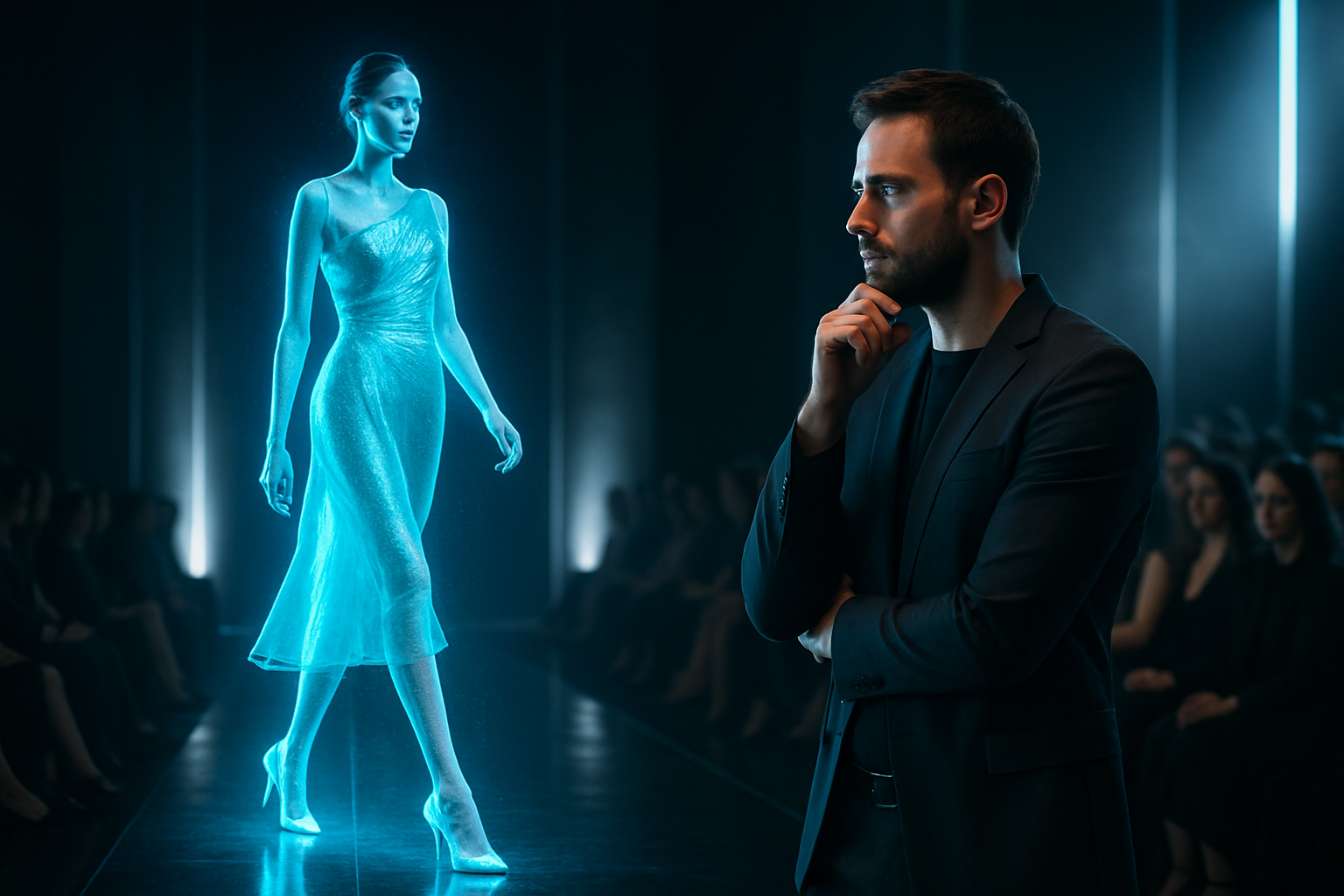The Enigmatic World of Holographic Fashion Shows
In an era where technology and art intertwine, holographic fashion shows emerge as a captivating fusion of cutting-edge innovation and haute couture. This avant-garde approach to runway presentations is revolutionizing the fashion industry, offering designers unprecedented creative freedom and audiences an immersive experience like no other. As holographic runways gain traction, they challenge traditional notions of fashion showcases and redefine the boundaries between reality and illusion.

Technological Marvels Behind the Scenes
At the heart of holographic fashion shows lies a complex interplay of cutting-edge technologies. High-powered projectors, specialized screens, and advanced motion capture systems work in concert to create lifelike, three-dimensional images of models and garments. Sophisticated software algorithms ensure that the holographic projections move naturally, responding to lighting changes and viewer perspectives in real-time. This seamless integration of technology creates an illusion so convincing that audiences often struggle to distinguish between real models and their holographic counterparts.
Redefining Creative Boundaries
For fashion designers, holographic runways offer an unprecedented canvas for creativity. No longer constrained by the physical limitations of traditional shows, designers can now showcase garments in fantastical settings, defy gravity, or even morph outfits in mid-stride. This new medium allows for the exploration of concepts and presentations that were previously impossible, pushing the boundaries of fashion as an art form. From underwater catwalk scenes to interstellar fashion voyages, holographic shows transport audiences to realms limited only by imagination.
Environmental and Logistical Advantages
Beyond their creative potential, holographic fashion shows offer significant practical benefits. By reducing the need for physical sets, props, and international travel for models and crew, these virtual presentations substantially lower the carbon footprint of fashion events. Additionally, they solve logistical challenges associated with traditional runway shows, such as venue constraints and time limitations. A single holographic presentation can be simultaneously broadcast to multiple locations worldwide, democratizing access to high-fashion events and expanding designers’ global reach.
The Impact on Fashion Consumption and Marketing
Holographic runway shows are not just changing how fashion is presented; they’re altering how it’s consumed and marketed. These immersive experiences create a stronger emotional connection between viewers and garments, potentially influencing purchasing decisions. Moreover, the viral nature of these spectacular shows amplifies brand visibility and engagement across social media platforms. Fashion houses are increasingly leveraging holographic technology for virtual try-on experiences and personalized shopping, blurring the lines between digital presentation and retail.
Challenges and Criticisms
Despite their potential, holographic fashion shows face several challenges. The high cost of technology and expertise required to produce these shows remains a significant barrier for many designers, particularly emerging talents. Critics argue that the technology, while impressive, can sometimes overshadow the garments themselves, shifting focus from the craftsmanship to the spectacle. There’s also ongoing debate about the authenticity of virtual presentations and whether they can truly replicate the tactile and emotional experience of traditional runway shows.
The Future of Fashion Presentation
As technology continues to advance, the future of holographic fashion shows looks increasingly bright and complex. Industry experts predict the integration of artificial intelligence to create even more interactive and personalized viewing experiences. Some envision a future where audiences can not only watch but also participate in virtual fashion shows through avatars or augmented reality. The potential for cross-industry collaborations, particularly with the gaming and film sectors, opens up exciting new avenues for fashion presentation and consumption.
In conclusion, holographic fashion shows represent a paradigm shift in the industry, offering a glimpse into a future where technology and creativity converge to create breathtaking, boundary-pushing experiences. As this medium evolves, it promises to redefine not just how we view fashion, but how we interact with and consume it. The runway of the future is here, and it’s holographic, immersive, and limitless in its potential.





